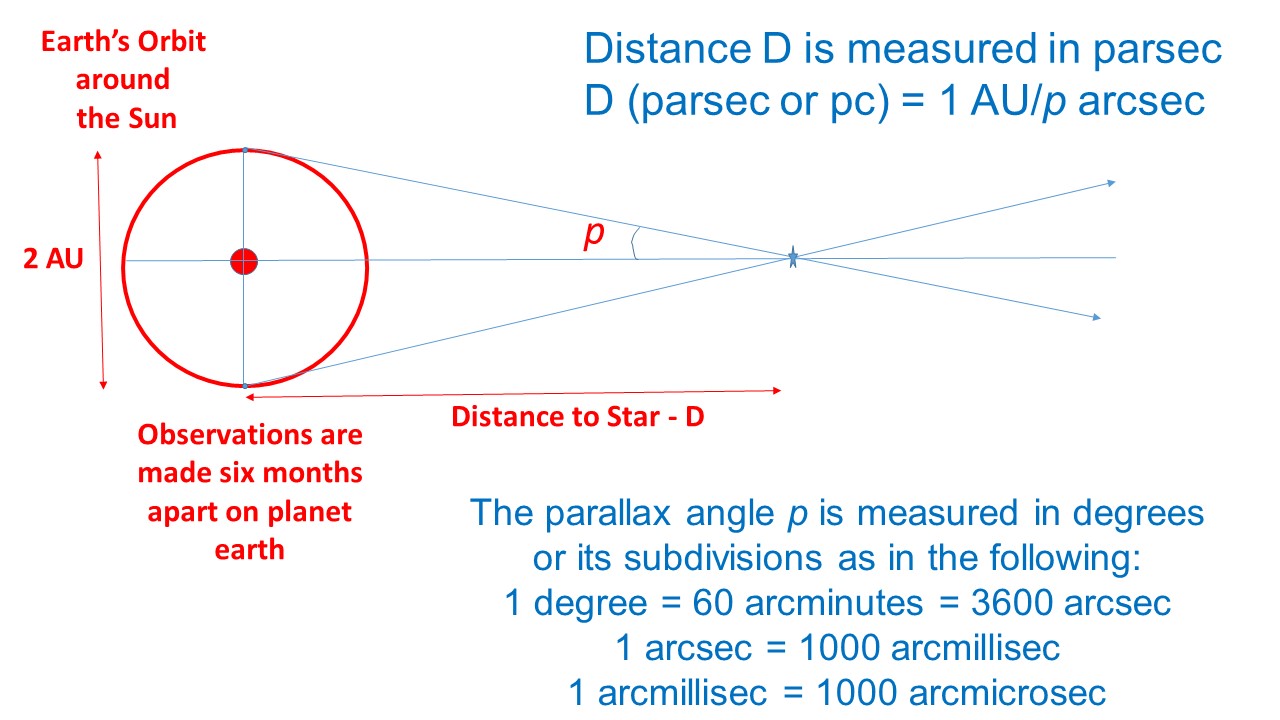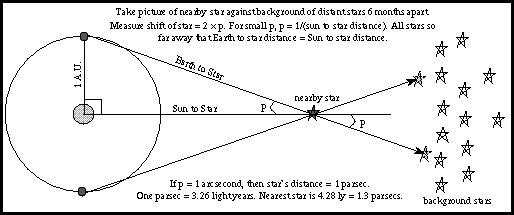


Kiloparsecs are typically used to measure distances between parts of a galaxy. One kiloparsec, abbreviated "kpc", is one thousand parsecs, or 3,261 light years.

Though it had probably been used before, the term parsec was first mentioned in an astronomical publication in 1913, when Frank Watson Dyson expressed his concern for the need of a name for that unit of distance. The parsec follows naturally from this method, since the distance (in parsecs) is simply the reciprocal of the parallax angle (in arcseconds). The first direct measurements of an object at interstellar distances (of the star 61 Cygni, by Friedrich Wilhelm Bessel in 1838) were done using trigonometry using the width of the Earth's orbit as a baseline.

LENGTH PARSEC UNIT HOW TO
4 How to calculate the value of a parsec.MACS0647-JD is a candidate for the farthest known galaxy from Earth. It would take Voyager more than the age of the universe to get there. One of the farthest known objects in the observable universe is the galaxy MACS0647-JD, which is about 13.3 billion light-years away (or 76,306,276,800,000,002,359,296 sextillion miles away). At this speed, it would take Voyager about 77,000 years to reach Alpha Centauri! For human technology, however, the story is quite different. The Voyager Spacecraft, for example, is currently traveling at approximately 38,000 miles per hour. Therefore, it takes 4.3 years for Alpha Centauri’s light to reach earth. Because the speed of light is only 186,000 miles per second, it can only travel 6 trillion miles in one year. The closest star to earth (other than our Sun) is Alpha Centauri, which is 4.3 light years away (or approximately 25 trillion miles way). It is not a measure of time, for which it is sometimes mistaken. Note that the light-year is a measure of distance. The preferred unit in astrometry is the parsec (approximately 3.26 light-years), because it can be more easily derived from, and compared with, observational data. As defined by the International Astronomical Union (IAU), a light-year is the distance that light travels in a vacuum in one Julian year. The light-year is mostly used to express distances to stars and other distances on a galactic scale, especially in non-specialist and popular science publications. Credit: Atlas of the Universe.Ī light-year, also light year or lightyear (symbol: ly), is an astronomical unit of length equal to just under 10 trillion kilometres (or about 6 trillion miles).


 0 kommentar(er)
0 kommentar(er)
